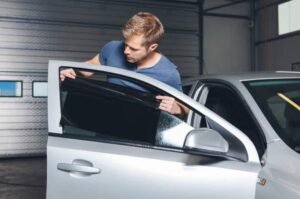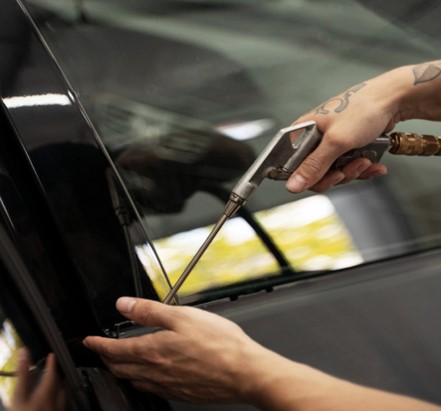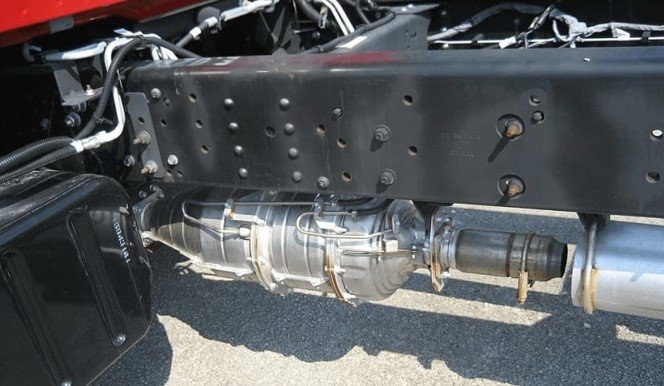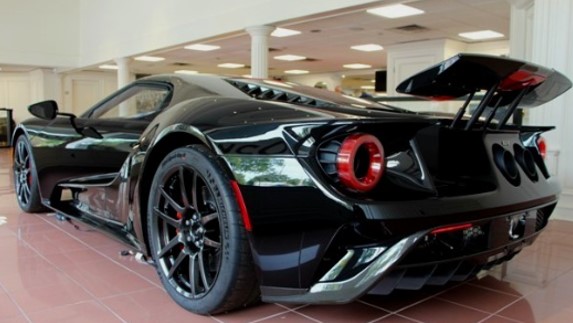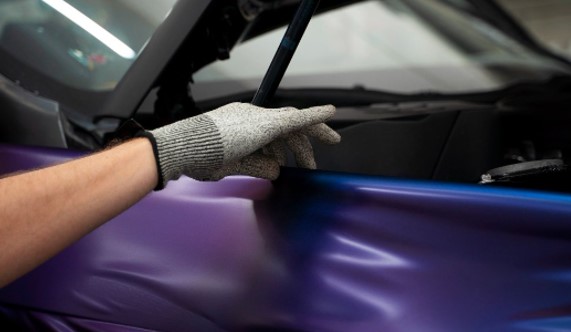Zoning Board OKs variance over neighbor’s objection
ROME — A use variance request by Rocker Automotive Rescue, Inc., owner of 6947 and 6943 S. James St. and Bones Avenue, to build a minor vehicle repair garage and towing and recovery business, was narrowly approved by the city Zoning Board of Appeals during its regular monthly meeting Wednesday.
The variance request had already been tabled twice by the board — in December and January.
Billy Rocker of Rocker’s Automotive Rescue, Inc., owner of 6947 S. James St., 6943 S. James St. and Bones Avenue, requested to use the existing building on the center parcel for a minor vehicle repair garage and a towing and recovery business, while towing and collision services are listed in the Major Vehicle Repair definition of the city code.
The applicant is subject to receiving a state Motor Vehicle Repair license from the state Department of Motor Vehicles. Rocker stated Wednesday he has not yet been granted the repair license by the state DMV because the variance had not yet been approved. A use variance would be necessary because a Vehicle Repair-Major and Vehicle Repair-Minor are non-permitted uses in the RR Zone district.
Leo Boulerice, of Holland Patent, representing his wife Deborah who co-owns property adjacent to Rocker’s, has spoken in opposition to the project, with one of several of his outlined concerns being that the property in question sits on wetlands.
In a five-page letter written by Boulerice, that was sent to the city Codes Department and read aloud by Zoning Board Chairman John Sorbello, he also stated he felt Rocker failed to prove financial hardship. Boulerice further stated that with three parcels as part of the application, with work only to take place on one parcel, he feels “the applicant has not met the qualifications to receive the granting of a use variance for the property, especially for two vacant lots not to be used as part of this operation.”
Back in January, Chief Codes Enforcement Officer Mark Domenico explained that it was the consensus of the Zoning Board to once again table the variance request because the state Department of Environmental Conservation must first be dispatched to perform wetland delineation on the property.
Civil Engineer Frank Tallarino, representing Rocker, said Steve Case, with the state Department of Environmental Conservation, came to the site on Feb. 1 to determine the wetland boundaries on the property and explained that a new chain-link fence with screening to be installed, would be within the 100-foot buffer of the existing footprint. The fence is to be screened on the South James and Bones Avenue sides. A 4-foot fence is also planned for the corner of the property where car sales will be located.
Rocker later provided board members with a list of expenses, including monies he put into renovating the building, mortgage, taxes, etc. “I’m grabbing money from other places to put into the building just to keep it afloat,” Rocker said. Once established, Rocker said about 50{12dec99aef6f119e349308ab81c83b123ba77cd3d9c980ff09eaac1f958a2724} of his business would be towing, 30{12dec99aef6f119e349308ab81c83b123ba77cd3d9c980ff09eaac1f958a2724} would be auto sales and the remaining would be auto repair — for used vehicles to be repaired before resold.
Zoning board member Jon Maggiolino asked if Rocker had documents to “validate the numbers referring to expenses that were provided. I feel it would be beneficial just to justify your statement.”
Board members James DiCastro and Joseph Pasqualetti Jr. said they felt the expenses “are all here” and “look in order.”
“The neighbor” Boulerice “is full of concerns, but sometimes you wind up being good neighbors when you see what they’re (the business) going to do,” said DiCastro, before voting yes on the variance.
Also voting yes were Pasqualetti and Louis DiMarco Jr. “The neighborhood will be the same and he’ll (Rocker) actually clean it up. The wetland was OK,” Pasqualetti stated. However, Sorbello and Maggiolino voted against, agreeing that there was a lack of “competent financial evidence.”
The use variance ultimately passed by a 3-2 vote.
In other business:
• Vincent Ficchi, owner of Brooks Road Building 302, requested an area variance to subdivide the existing parcel into two parcels, which would result in one parcel that is smaller than the minimum parcel allowed. The two parcel sizes are 0.28 and 1.46 acres, and the 0.28 parcel would not meet the 150-foot road frontage requirement.
Ficchi explained he wanted to separate the smaller parcel from the existing building because that portion of the property was found to be contaminated. “It’s not seeping or getting into the air or water table,” Ficchi said. He also said separating the property was necessary to renovate the existing 20,000 square foot building. “It’s hard to get refinancing for property when it has contamination,” he said, adding that the non-conforming lot would eventually be used for parking.
The area variance was unanimously approved.
